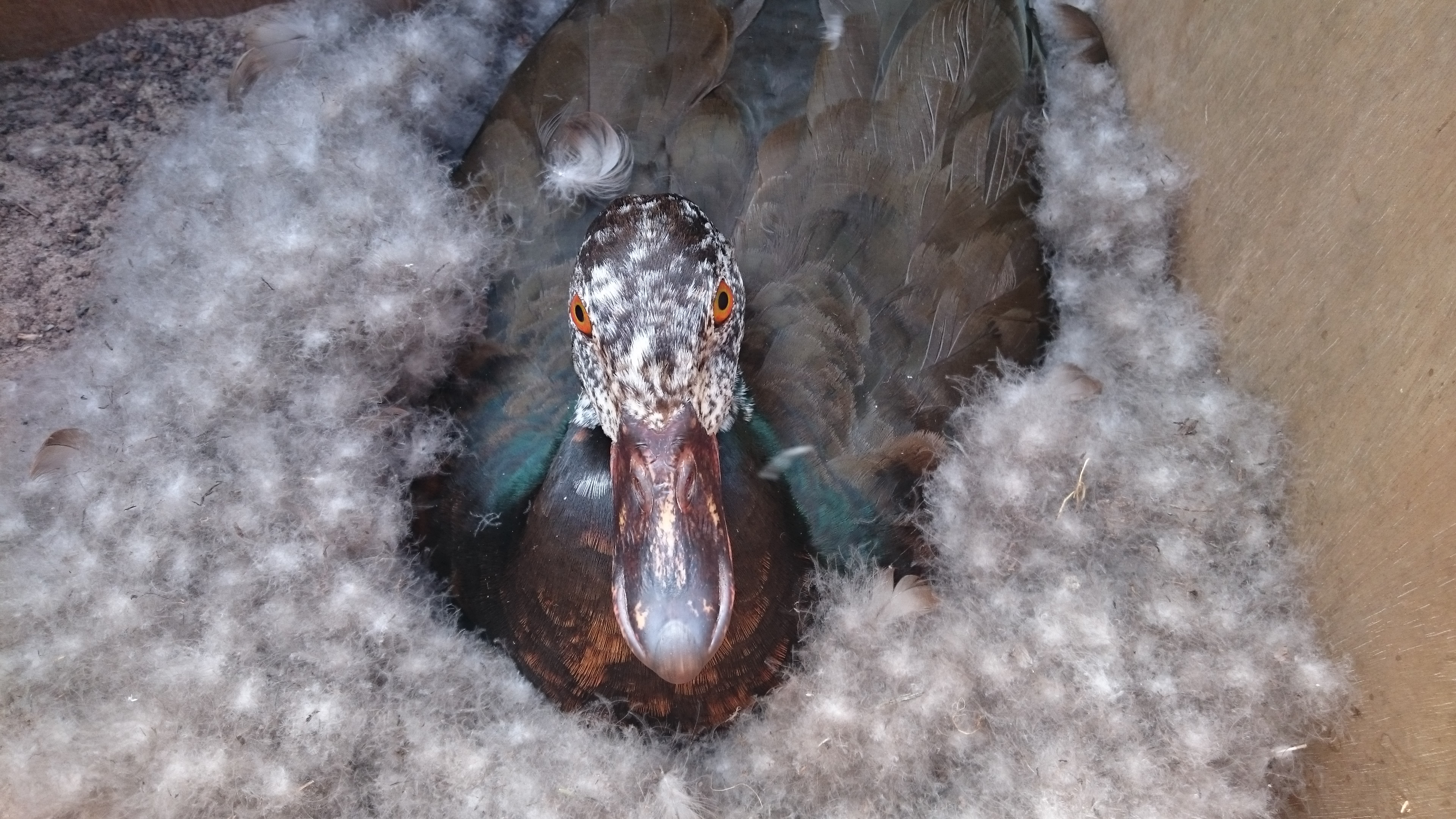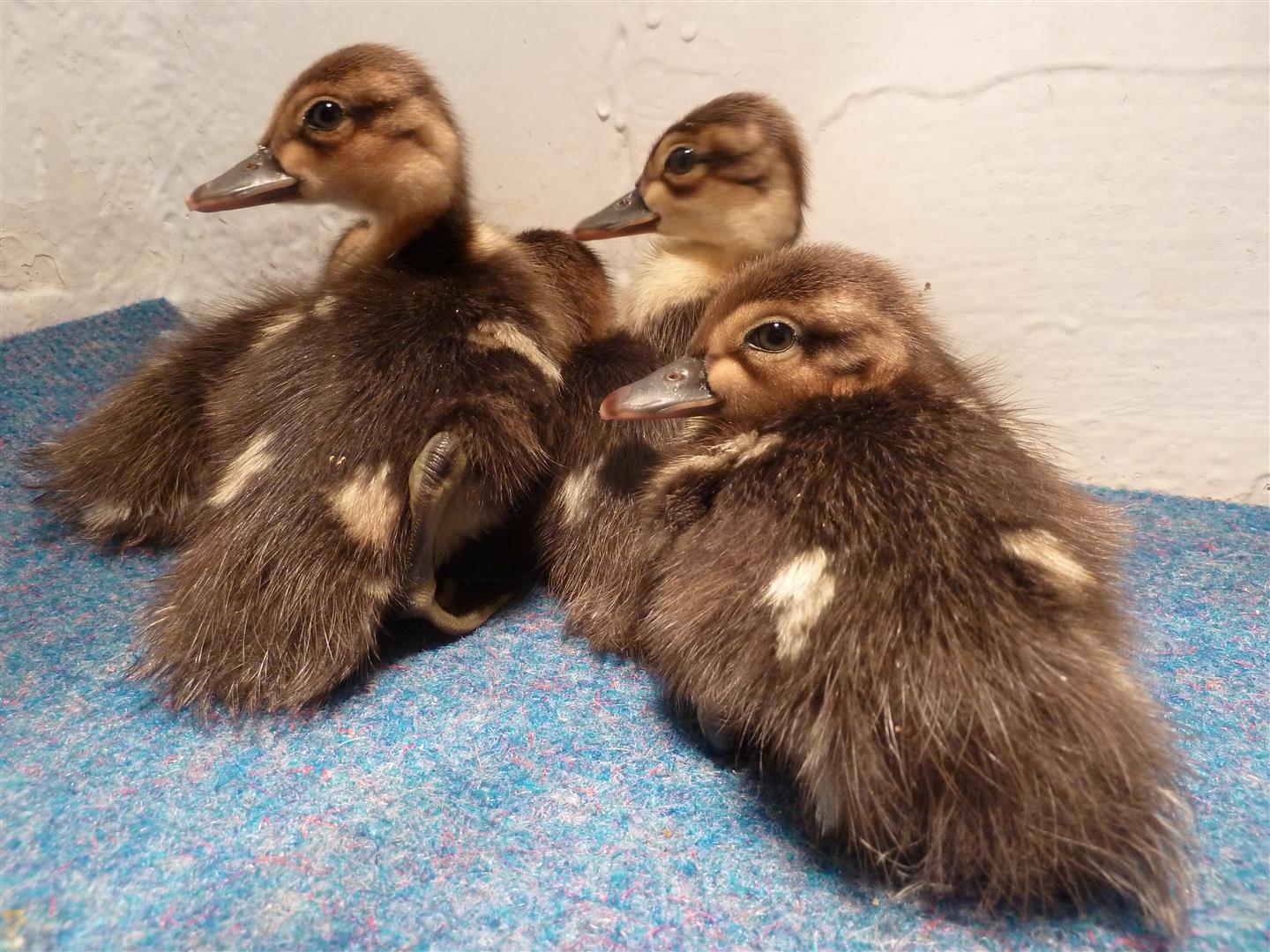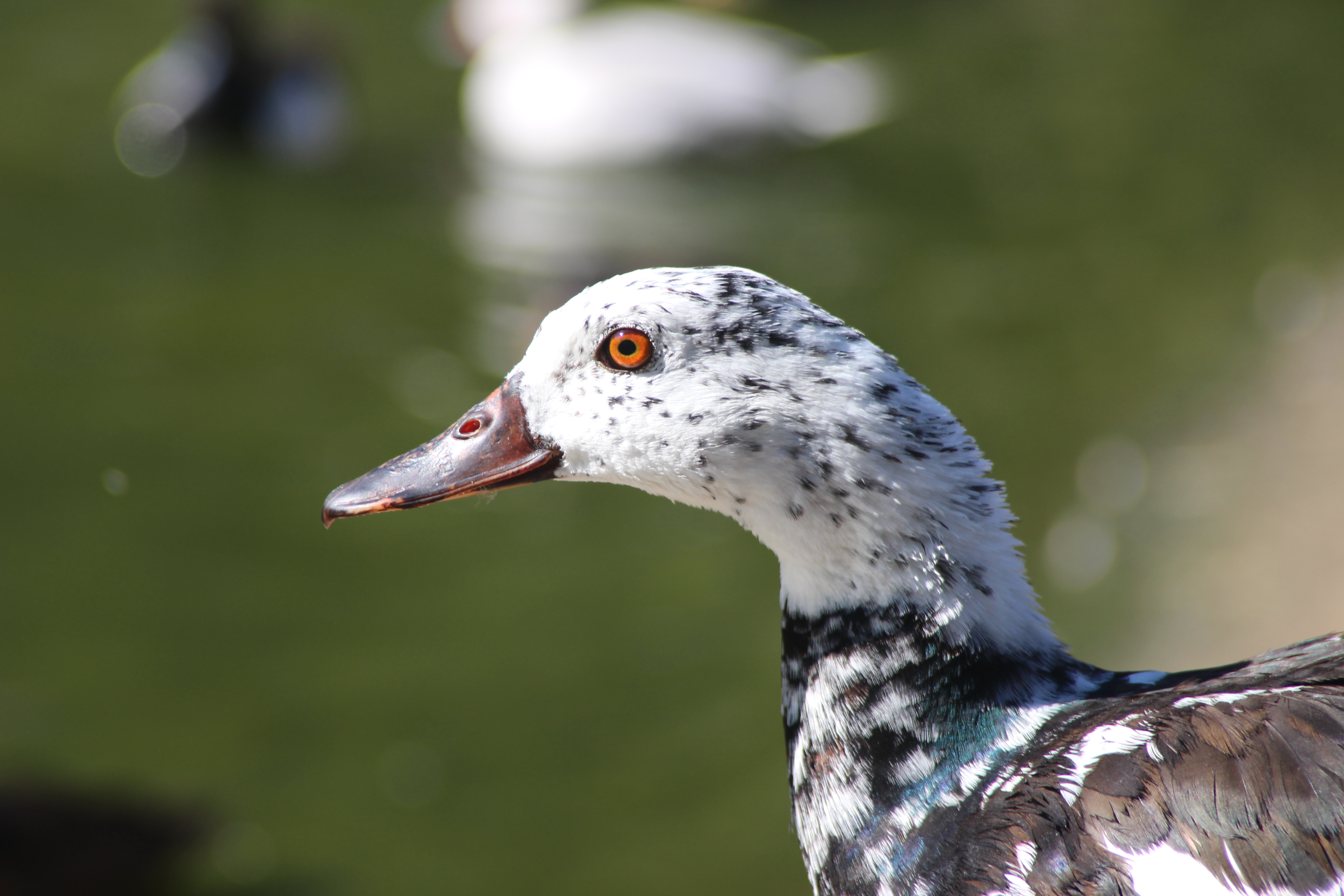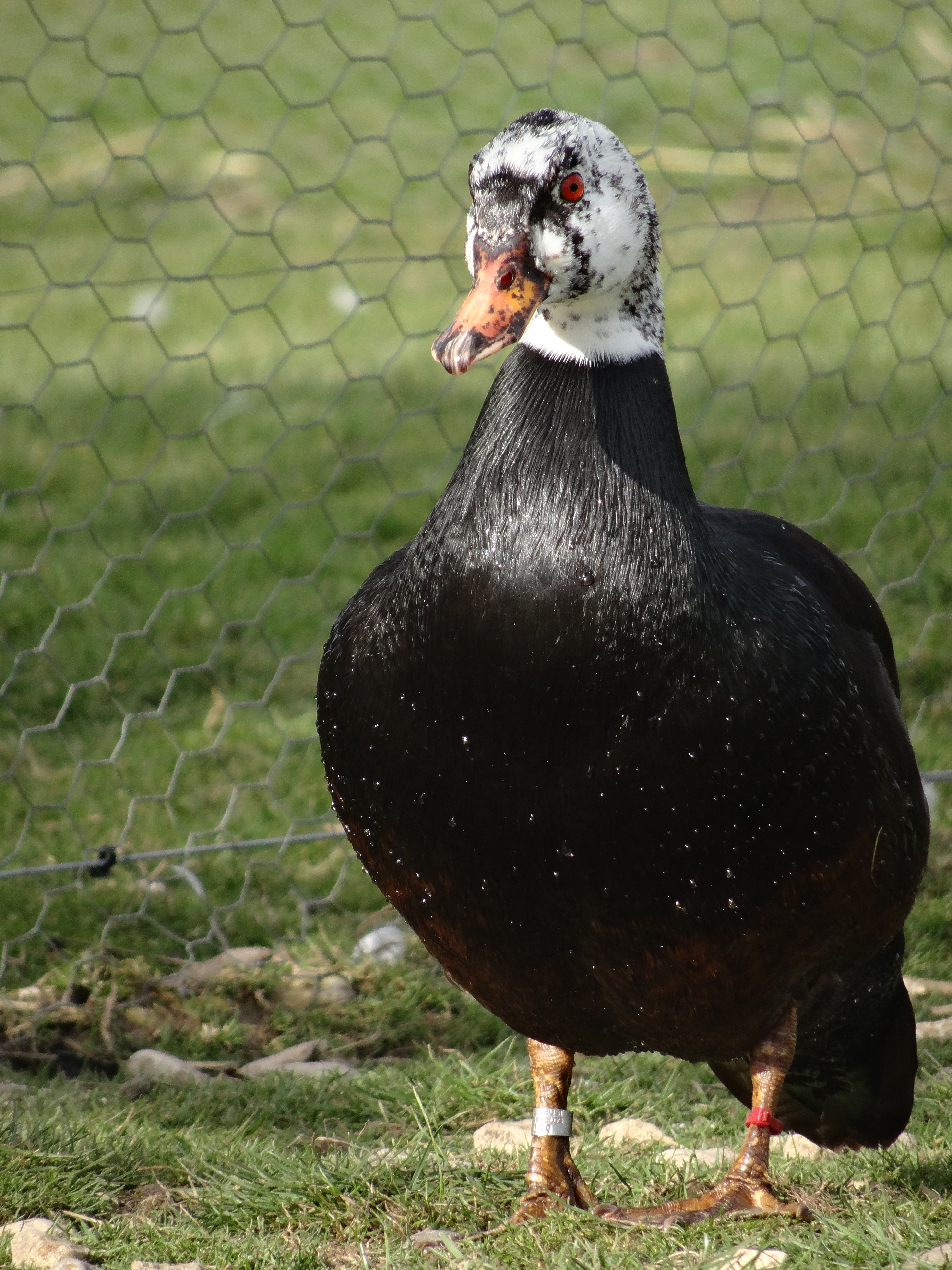White-winged ducks - a special chapter.
White-winged (wood) duck
The white-winged (wood) duck (Asacornis scutulata) is a unique, bulky species that originates throughout countries east of India; from Myanmar and Thailand to Vietnam and Malaysia. This wooded-wetland and riverine duck is almost impossible to accurately census, and the isolated habitat within which it lives holds wildfowl secrets for many bird species.

Plump, dense and with iridescent feathers
Physically they are a stunning bird to behold. Plump, dense and iridescent; the duck has a speckled neck and head that ranges from fully white to near complete speckling. At one time thought to be suggestive of subspecies, these facial characteristics are now more commonly associated with the extent of isolation of the species.
They are the only member of the genus Asarcornis, making them a unique taxonomic rank within the Family of Anatidae (ducks geese and swans.) Once thought to be associated with the muscovy duck, they are now considered one of a kind! Being unique and being endangered are sadly a common trend, and so we consider exhibiting this species to be very valuable indeed.

Nicknamed the ‘spirit duck’
Much is made of their nickname of "spirit duck," an ode to the haunting and eerie call of the male. Females will quack and honk in unison with the male, creating a sound in the forest unlike any other. With the population estimated at 300 to 1000 this duck has a mountain to climb to escape the endangered zone.

Species on the brink
Conservation efforts with the species are hardly new, and WWT’s participation has peaked and dipped over the last 40 years. The famous species tag line for the white-winged wood duck was “they used to grow on trees,” but WWT's focus now is for species on the brink, and it was decided that a heartening amount of in-situ work is currently occurring for this enigmatic duck.
At present their biggest threats appear to be habitat destruction and pollution, more specifically the loss of the largest nest cavity trees due to logging and the inappropriate use of fertilisers.
In addition, they are incredibly slow growing, and therefore juveniles have an extended period of vulnerability during their growing period, decreasing their chances of getting to adulthood.
Installing nest-boxes to help
Nest-box schemes on controlled land seems to be the best approach, in fact there was fantastic news this summer after a rehabilitated female hatched the first seven youngsters known in Cambodia for a decade! The nest was located and protected by a team of local people, working in collaboration with a local conservation team. Through educating locals about the value of protection and creation of habitat; this gorgeous duck still has a chance of returning from the brink of extinction.

Why Phoebe loves the white-winged wood duck
When I began working at Slimbridge in 2008 I had already developed a love for the white-wing from my volunteering years, but their future in captivity looked bleak.
Sadly the species has never thrilled keepers due to their aggression during the breeding season. WWT had five birds with several other pairs on loan in other zoological collections, but beyond a realistic breeding age. We obtained some younger birds, called in some loans, and created a family tree. We've bred a new combination every year since 2008, and the offspring have proven productive, fertile, reliable, healthy, robust and long-lasting.
As time passes we have improved our approach to breeding, keeping juvenile pairs apart until the first spring, introducing them in March or April, and then keeping them until their second spring where we place them in a breeding pen. Their whole juvenile period is within an Ark where they remain as clean as possible for as long as possible. With the provision of two large cavity nest-boxes with ladders, we have never failed to breed a pair in their second summer. Once their offspring have been hand reared we rotate the parents onto exhibit.
The true sign of potential breeding is the red eye pigment which is an honest signal of health for both sexes, without which your female might not wish to engage in courtship. When they are exhibited however, there is no better sight for us than a weighty 3-4kg duck the size of a sack of spuds hurtling between tree trunks and nesting high up in cavity nests, with their mottled heads and white-wing flashing between the shadows.
We've bred over 90 white-wings since 2008, shared them with other zoos, and contributed to the EAZA (European Associations of Zoos and Aquariums) studbook. We hope that by giving visitors the opportunity to see white-winged here in the Asian pen at Slimbridge we are educating the next generation of what they could lose if we don’t act now.

We hope you have enjoyed learning about the white-winged duck in this edition of #WildfowlWednesday.

